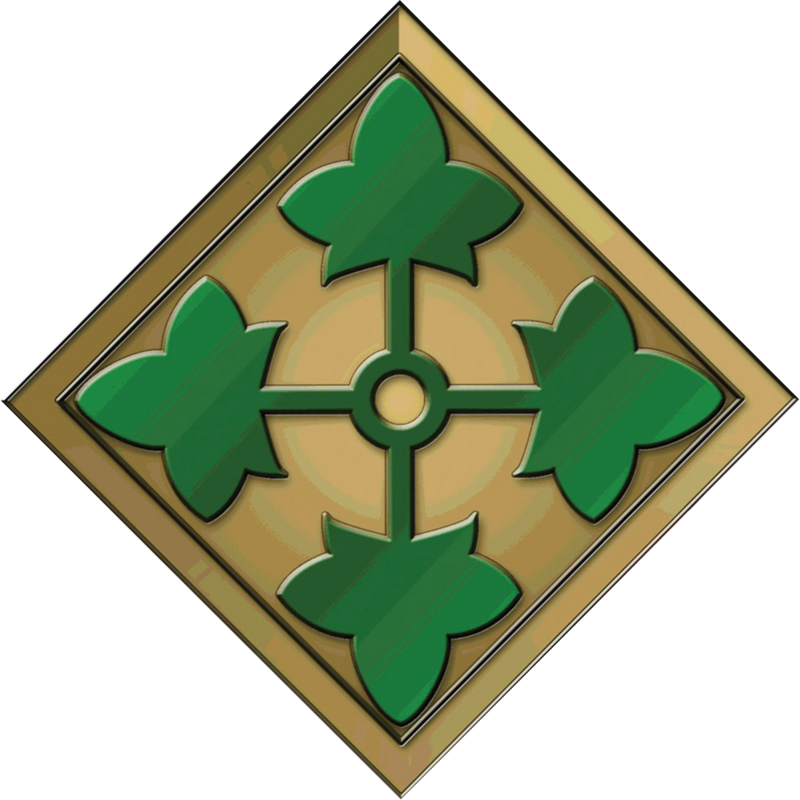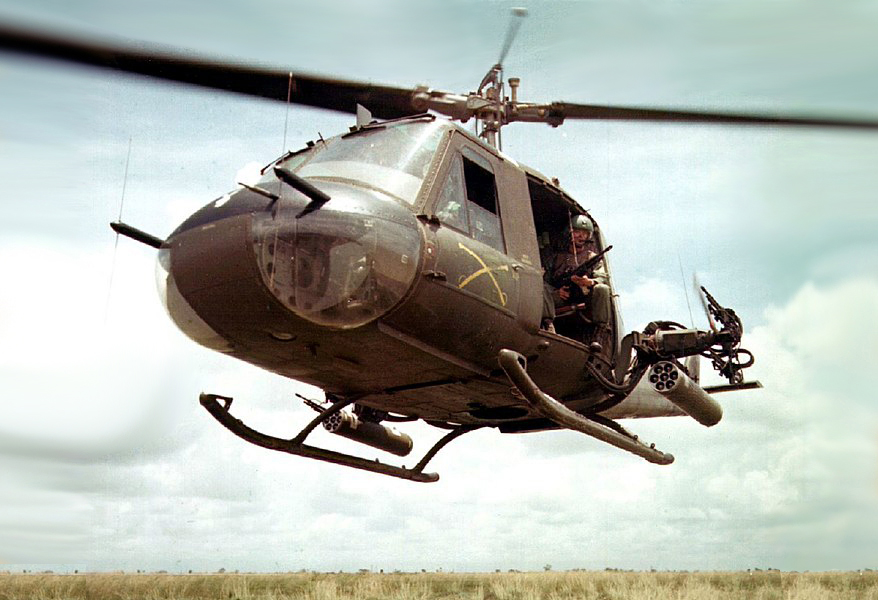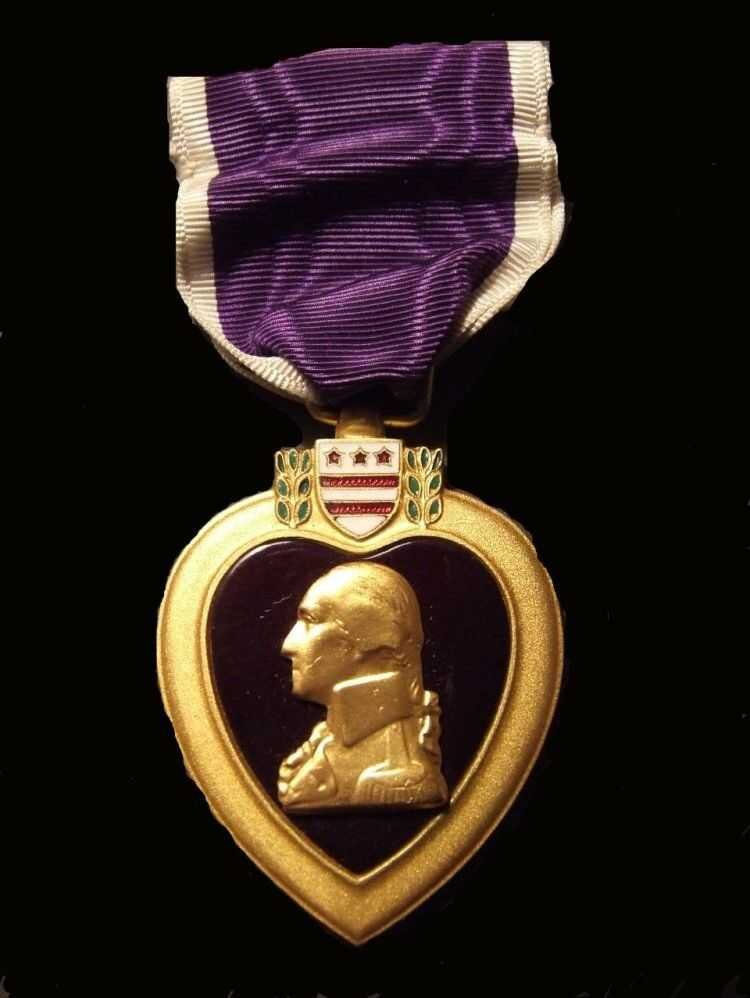Far from the Mountains of Home: The Story of Corporal William Arthur Thompson
Headquarters and Headquarters Company, 2nd Brigade, 4th Infantry Division, U.S. Army Vietnam War – July 12, 1968
October 22, 2025

 He was far from the cold waters and mountains of home — a young Alaskan soldier serving in the thick, humid jungles of Vietnam.
He was far from the cold waters and mountains of home — a young Alaskan soldier serving in the thick, humid jungles of Vietnam.
Born April 9, 1949, in Ketchikan, Alaska, William Arthur Thompson grew up amid a rugged frontier landscape where independence and endurance were part of daily life. Ketchikan, known for its fishing boats, cedar forests, and steady rain, taught its sons to respect the elements and to meet challenges with quiet resolve. That spirit carried with him when his country called.
In the late 1960s, as the Vietnam War escalated, the draft reached even the remote corners of Alaska. Thompson, like thousands of young Americans, answered the summons with a sense of duty and conviction. He enlisted through regular service in the United States Army, embracing the life of a soldier with determination and focus.
He trained as a Light Weapons Infantryman (MOS 11B) — a combat role that placed him on the very front line of the war. The infantryman was the Army’s foundation, the one who carried the rifle, patrolled the jungle, and bore the burden of daily combat. It was an unglamorous but essential role, demanding stamina, teamwork, and courage.
The 4th Infantry Division: “Steadfast and Loyal”

After completing training, Thompson was assigned to Headquarters and Headquarters Company, 2nd Brigade, 4th Infantry Division — the “Ivy Division,” so named for its four-leaf insignia and its steadfast motto, “Steadfast and Loyal.” The 4th Infantry Division had fought across Europe in World War II and arrived in Vietnam in 1966, establishing itself in the Central Highlands, a vast, mountainous region that formed the spine of the country.
By 1968, the division operated out of Pleiku Province, one of the most strategically vital areas of South Vietnam. The Highlands served as both a shield and a crossroads — guarding the approaches from Laos and Cambodia, while forming the backbone of U.S. operations in the region. The terrain was punishing: steep ridges, dense triple-canopy jungle, and constant rain that turned the red clay into slippery rivers of mud.
The men of the 4th Division fought not only the North Vietnamese Army and Viet Cong but also isolation, fatigue, and the relentless weather. Patrols slogged through leech-infested rivers, scaled jungle-covered slopes, and endured monsoon storms that made every movement a test of will. Yet despite the conditions, morale remained strong — a reflection of the professionalism and discipline instilled in units like Thompson’s.
Life in the Central Highlands

By the summer of 1968, the 4th Infantry Division was engaged in continuous operations across the Highlands. The Tet Offensive earlier that year had demonstrated the determination and reach of the enemy, and the 4th Division was now focused on cutting off infiltration routes, protecting villages, and rooting out enemy strongholds.
For soldiers like Corporal Thompson, the war was defined by patrols — long, exhausting movements through the jungle in search of enemy activity. They carried heavy packs filled with ammunition, food, and equipment, their rifles never far from reach. Days blurred together in a rhythm of marching, resting, and scanning the dense foliage for the slightest sign of danger.
Each mission carried uncertainty. The enemy could appear at any moment, and ambushes often came without warning. Soldiers learned to move quietly, to read the forest, and to trust their instincts and their comrades.
The war in the Highlands was not one of sweeping maneuvers but of close contact — small unit actions fought at terrifying proximity. Firefights erupted suddenly and ended quickly, leaving the survivors to tend to their wounded and call for evacuation.
It was a young man’s war, fought by nineteen- and twenty-year-olds who bore responsibilities far beyond their years.
July 12, 1968
On July 12, 1968, the Central Highlands were deep in monsoon season. The rains fell daily, filling the valleys with mist and turning every footpath into a river of red mud. Somewhere within that rugged landscape, Corporal William A. Thompson met his fate.
The official Army record lists his death as the result of “hostile, misadventure, ground casualty.” It was the kind of bureaucratic phrasing that hid the brutal reality of combat — a firefight, an explosion, or the unpredictable violence that marked so many encounters in Vietnam.
To his comrades, there was nothing abstract about it. They had lost a friend, a brother, a man they had shared rations, danger, and laughter with. The details of that day have faded with time, but the loss remains vivid for those who remember.
He was nineteen years old.
Recognition and Honor
For his service and sacrifice, Corporal William Arthur Thompson received several awards:
-
The Bronze Star Medal, recognizing meritorious service in a combat zone.
-
The Purple Heart, awarded posthumously for wounds received in action.
-
The Combat Infantryman Badge, denoting his participation in active ground combat.
-
The Vietnam Service Medal and Vietnam Campaign Medal, marking his service and commitment during one of the most difficult periods of the war.
These medals stand as enduring symbols of bravery, devotion, and sacrifice — but for those who knew him, the truest measure of his valor was how he lived, not just how he fell.


Remembering an Alaskan Soldier
Back home in Ketchikan, news of his death traveled swiftly through the close-knit community. In a town where everyone knew each other, the loss of one young man was felt by all. Friends remembered William as kind, hardworking, and steady — qualities that reflected the values of his upbringing in Alaska’s demanding environment.
He had grown up surrounded by natural beauty — mountains rising from the sea, forests stretching endlessly into mist — yet he met his end in a land that could not have been more different. In the heat and humidity of Vietnam, far from the glaciers and fjords of home, he carried with him that quiet Alaskan strength.
When the war ended, Ketchikan, like so many American towns, had lost sons whose stories would live on in family photos, letters, and fading memories. For the Thompsons, and for the men who served beside William, his sacrifice became a point of solemn pride — a reminder of duty carried out faithfully to the end.
The Legacy of the 4th Infantry Division
The 4th Infantry Division’s time in Vietnam was marked by some of the most grueling combat of the war. Its soldiers fought in places like Dak To, Kontum, and the Ia Drang Valley — names that would become synonymous with courage and endurance.
Operating in the Central Highlands, they bore the brunt of North Vietnamese offensives, conducting countless operations to secure the region’s key terrain and protect the population. The cost was high. Thousands of men were killed or wounded in those years, but their efforts helped stabilize one of the most contested parts of South Vietnam.
Corporal Thompson was part of that legacy. He wore the ivy patch with pride, sharing in the hardships and triumphs of his division. His death was one among many, yet his story, like each soldier’s, adds to the collective testament of those who served.
The Young Faces of War
 Looking back, what stands out most about soldiers like William Thompson is their youth. He was nineteen — the age of dreams, not of death. Yet the Vietnam War asked of its young men the heaviest sacrifices.
Looking back, what stands out most about soldiers like William Thompson is their youth. He was nineteen — the age of dreams, not of death. Yet the Vietnam War asked of its young men the heaviest sacrifices.
In the photographs of the time, they look impossibly young: faces barely out of high school, carrying rifles through jungles halfway around the world. They laughed, complained, wrote letters, and counted the days until they could go home. Many never made it.
To remember Corporal Thompson is to remember all of them — the ordinary Americans who went when called, fought as best they could, and left behind lives and families forever changed.
A Name on the Wall
In Washington, D.C., on the Vietnam Veterans Memorial Wall, Corporal William Arthur Thompson’s name is engraved on Panel 52W, Line 47. Among the 58,000 others carved into that black granite, his name reflects the face of each visitor who stands before it — a mirror between generations.
For those who trace the letters, there is both sorrow and gratitude. His sacrifice, like that of so many others, is part of the enduring cost of freedom.
He did not live to see the end of the war, but his service helped write its history. His name endures as part of that story — the young soldier from Ketchikan who carried his duty across an ocean and gave his life on foreign soil.
Epilogue
Time has carried the Vietnam generation into history, but their legacy remains alive in every community, every museum, every name remembered.
At Ghosts of the Battlefield, we honor Corporal William Arthur Thompson not as a distant figure from the past but as a real person — a son, a friend, a soldier. His story reminds us that courage knows no geography. Whether drawn from the mountains of Alaska or the streets of Georgia, these young Americans shared a common purpose: to serve when called, to stand beside one another, and to hold fast under impossible circumstances.
Far from the forests and waters of his home, Corporal Thompson’s story endures in the red earth of Pleiku — a testament to the enduring spirit of a young man who gave everything he had.
He was nineteen years old.
He was steadfast and loyal.
“Greater love hath no man than this, that a man lay down his life for his friends.”